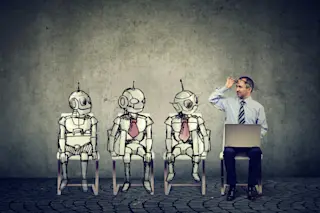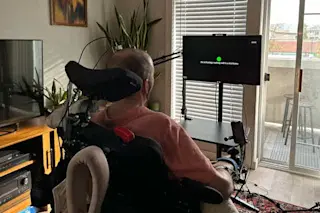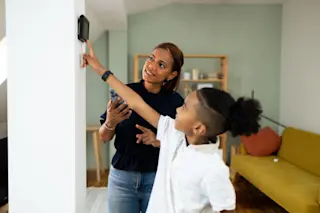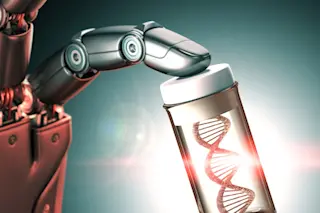Wearables have revolutionized how we track our physical health; they let us effortlessly assess the steps we’ve walked, the miles we’ve biked, the hours we’ve slept, and how fast our hearts are beating. But in the future, wearables might also let us track — and improve — the health of our relationships.
By picking up on physiological factors like heart rate and sweatiness — as well as analyzing the tone and content of what people are saying — wearables equipped with the appropriate algorithms are making strides towards detecting what people are feeling and assessing interactions between romantic partners.
In one study, researchers monitored couples during conflict discussions. They measured speech patterns, including pitch and vocal intensity, as well as electrodermal activity — the minute increases in perspiration that occur when we’re excited or anxious or angry and the decreases that occur when we’re calm and content.
After the couples ...














